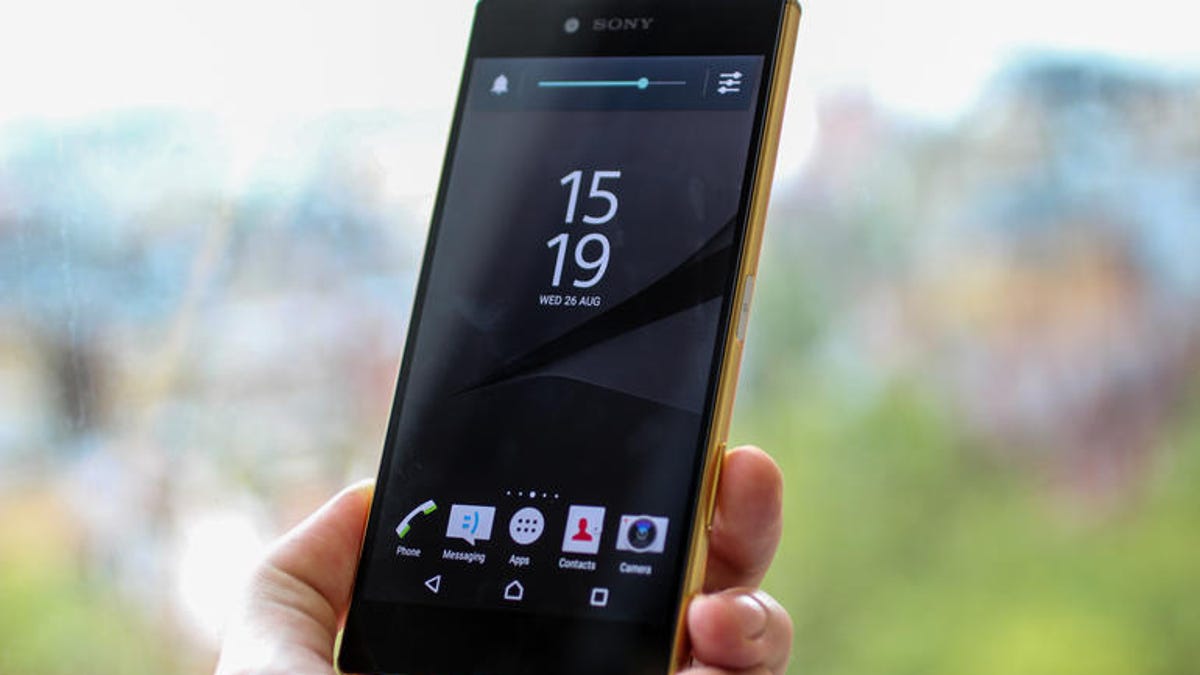Software boosts smartphones to 4K without tapping out battery
Developed in Japan by Fujitsu and Kogakuin University, the software can scale up video to 4K while maintaining normal battery drain.
Ultra HD 4K videos can be a sight to behold, but they come at two costs: price and power. While 4K screens will inevitably drop in price over time, Japan's Kogakuin University and Fujitsu are working to reduce the power consumed while playing 4K videos.
The university and electronics maker have worked together to develop software that can scale up video playback on smartphones to a resolution of 3,840×2,160 pixels, commonly referred to as 4K. The new technology can display Ultra HD at a highly stable 30 frames per second (fps) without increasing the typical power consumption of a smartphone. Kogakuin University has also confirmed that it is possible to increase video frame rate to a more fluid 60 fps.
At the moment, Sony's Xperia z5 Premium is the only handset on the market that sports a 4K screen, though this is sure to change as Ultra HD screens become less costly. However, displaying content in the cutting edge resolution is extremely draining to the battery, so the Z5 Premium is designed to only output in 4K during media playback, and not during other uses. The new software could circumvent one of the considerable negatives to Ultra HD viewing, even if there are still doubts as to the benefit of 4K screens on smartphones.
Kogakuin began researching the processing method back in 2012, and it's since been implemented with Keisoku Giken's FE super-resolution units, which convert video captured by professional-grade cameras into 4K. Fujitsu has helped improve and simplify the technology, which can now be applied in real time using smartphone software without the need for additional hardware.
With 4K technology still in its early adoptive stages, a push is needed to bring the new display format into the mainstream. Lower prices and new visual advances that improve the depth and color range of the images they output are making 4K TVs more viable. Meanwhile, the innovations by Fujitsu and Kogakuin University could represent the simplest and cheapest way to bring the tech to smaller devices.
Smartphones are also just one application for the new technology. There are hopes that other uses, such as surveillance and medical imagery, might later be developed. Kogakuin University has been approached for this technology by international companies, but due to intellectual property management, it is currently only being applied within Japan.


